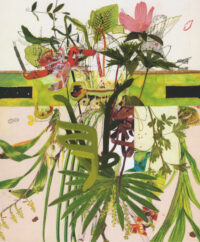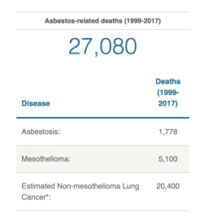Rallying in Sacramento on Monday to call for a three-year moratorium on aerial spraying are State Senator Carole Migden, Assembly member Jared Huffman and other community activists from across California. The object of the spraying they object to is the light brown apple moth, an insect from New Zealand that feeds on over 2,000 plants, including apples and grapes.
So far, only one moth has been found in Sonoma County, so no spraying is scheduled here, but will begin soon in twelve California counties, including neighboring Napa and Marin.
The spray is a pheromone, designed to disrupt the insect’s breeding. While this is often acceptable to environmentally conscious groups, the Pesticide Action Network (PAN), a “worldwide network of more than 700 organizations in 90 countries” that leads “campaigns to force global phase-outs of highly hazardous pesticides” is active in this case. They question the practice of aerial spraying in general and the eradication goal itself.
The California Department of Food and Agriculture (CDFA) has also been challenged for its lack of complete transparency. “We call,” says PAN, “for precautionary steps by CDFA and analysis by an independent science panel before any further spraying.” Last year, when Santa Cruz and Monterey Counties were sprayed, reportedly some 643 complaints were filed of adverse health effects.
Concerns have been expressed about the new “Checkmate” formula because its manufacturer, Suterra LLC, is not required to release the spray’s entire list of ingredients. The last two versions of the spray, according to PAN, contained chemicals known to be hazardous to human health and the new formula is expected to contain undisclosed inert chemicals encased in microscopic plastic capsules, for which there are no known studies that have determined the short- or long-term health effects.
According to the CDFA, the moth “threatens California’s environment–including cypress, redwood and oak trees–and the food supply. The pest destroys, stunts or deforms young seedlings; spoils the appearance of ornamental plants; and injures citrus, grapes, and deciduous fruit tree crops.”
Sacramento rally against aerial spraying
More from NewsMore posts in News »




